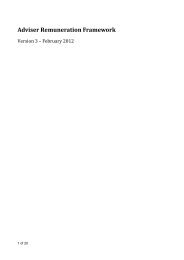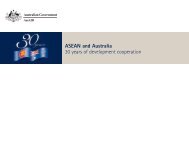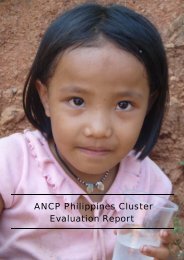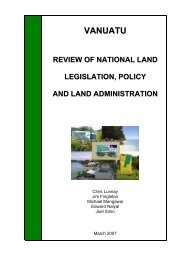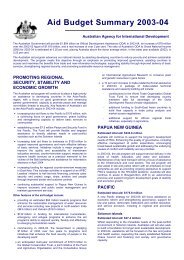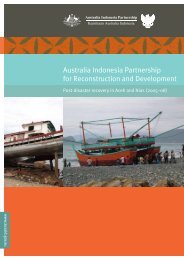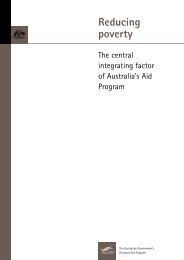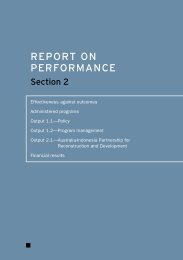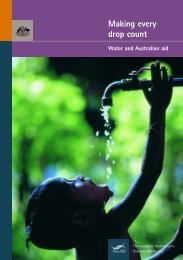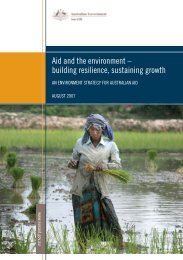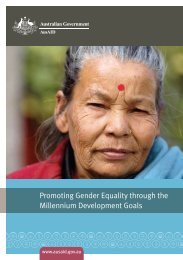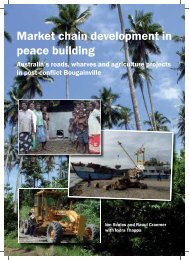Australian Aid to PNG - AusAID
Australian Aid to PNG - AusAID
Australian Aid to PNG - AusAID
You also want an ePaper? Increase the reach of your titles
YUMPU automatically turns print PDFs into web optimized ePapers that Google loves.
2 SOCIO-ECONOMIC DEVELOPMENT SINCE 19752.1 OverviewTo help provide context it is relevant <strong>to</strong> recognise that Papua New Guinea is alatecomer <strong>to</strong> the modern world and that significant socio-economicdevelopment progress had been achieved by the time of independencecompared with the situation of only a few years earlier. For example no metaltechnology or writing was known in the highlands before 1930 and the infantmortality rate in 1945 was one in four live births. Economic developmentaccelerated in the period leading up <strong>to</strong> independence with real GDP per capitagrowing by an annual average of 4% from 1961 <strong>to</strong> 1975, with expansion ofcoffee production and the establishment of mining on Bougainville being keyfac<strong>to</strong>rs. However at the time of independence much of the economy wasunderdeveloped and highly dualistic, with a formal sec<strong>to</strong>r based on mining,plantations and government and an informal sec<strong>to</strong>r based on a mixture ofsubsistence agriculture and small-scale cash crops. There was wide acceptancethat the building of institutions and human resource capacity left Papua NewGuinea ill prepared for independence and the task of making good progresswith socio-economic development.As political preparations were made for independence, the Somare governmentformulated an eight-point improvement plan known as Papua New Guinea’sEight Aims. The Eight Aims had a distributional focus, based on the assumptionthat economic growth would not be an issue. This assumption was compatiblewith the cultural dominance of distribution rather than production as thecentral socio-economic feature of society. The distributional focus has persistedand been reflected in a range of governance problems and low economicgrowth since independence. Real per capita income was estimated <strong>to</strong> be abovethat for low middle-income countries in 1975, but is now below the average forthe same group (see Figure 2.1).However it is not well recognised that basic education and health indica<strong>to</strong>rshave improved markedly since independence. Based on the World DevelopmentIndica<strong>to</strong>rs, illiteracy rates declined from 56% in 1975 <strong>to</strong> 36% in 2000 andsteady progress was also made with primary school enrolment rates, and since1995 with secondary school enrolment rates (see Table 2.1). Life expectancyalso improved from around 49 years in 1975 <strong>to</strong> 59 years in 2000 and,according <strong>to</strong> World Bank data, infant and child mortality rates have alsoimproved since independence. Access <strong>to</strong> safe sanitation has improved greatlysince 1990 and access <strong>to</strong> safe water also improved significantly in urban areasfrom 1975 <strong>to</strong> 1990. However, although immunization rates are currently around2 The Contribution of <strong>Australian</strong> <strong>Aid</strong> <strong>to</strong> Papua New Guinea’s Development 1975–2000



